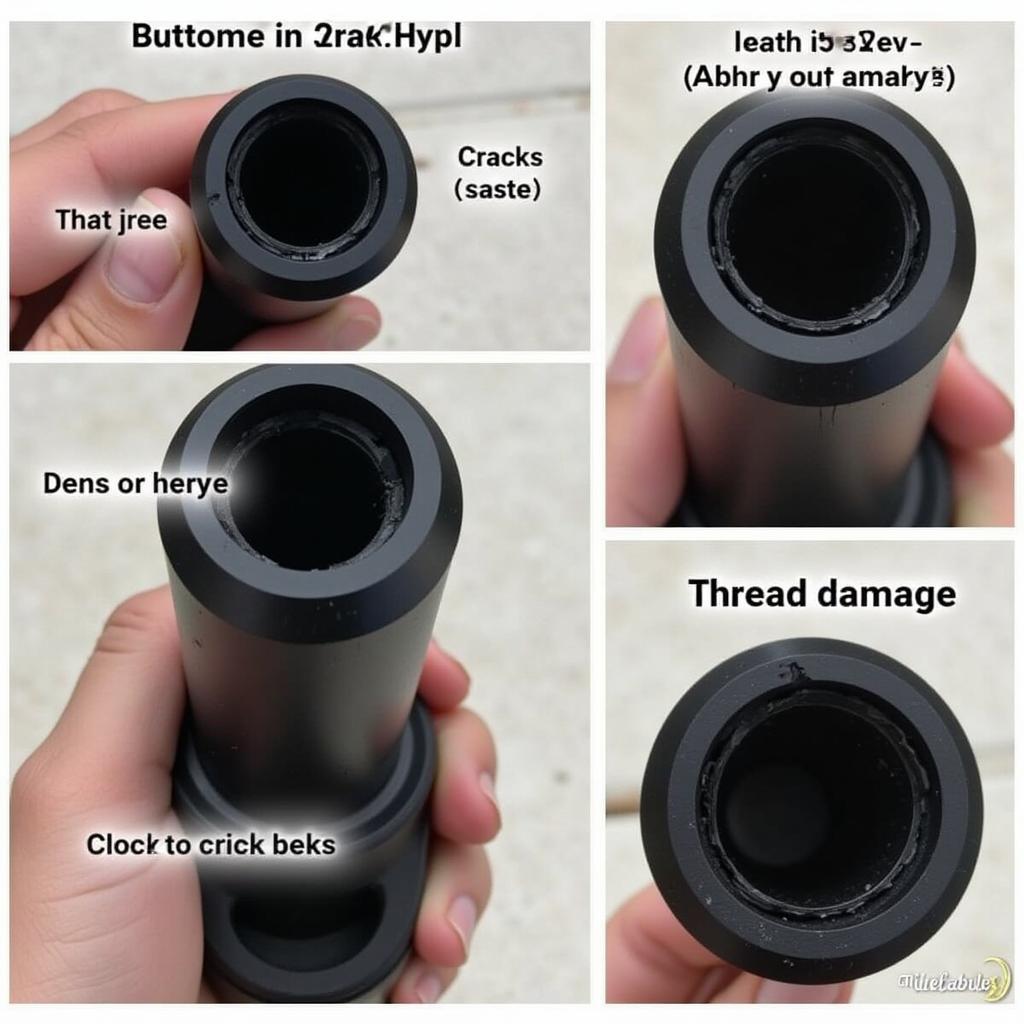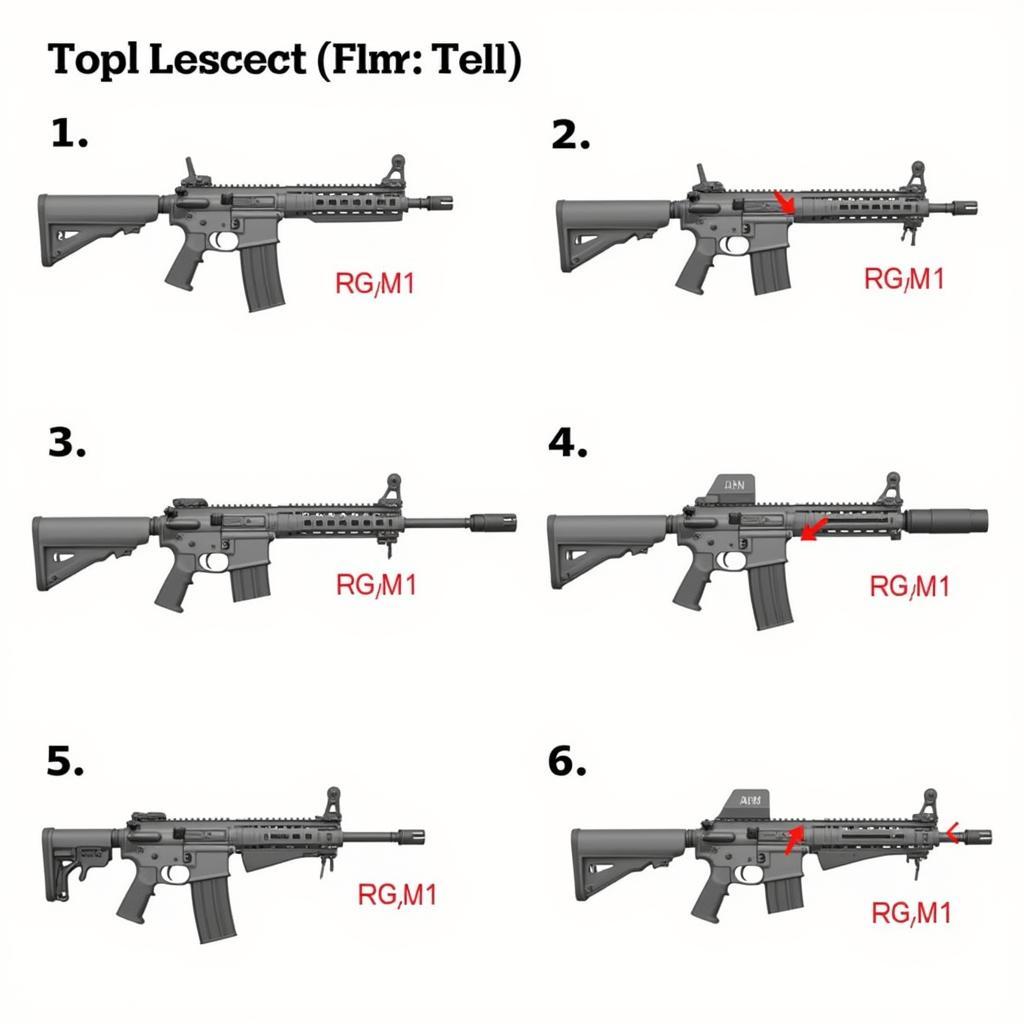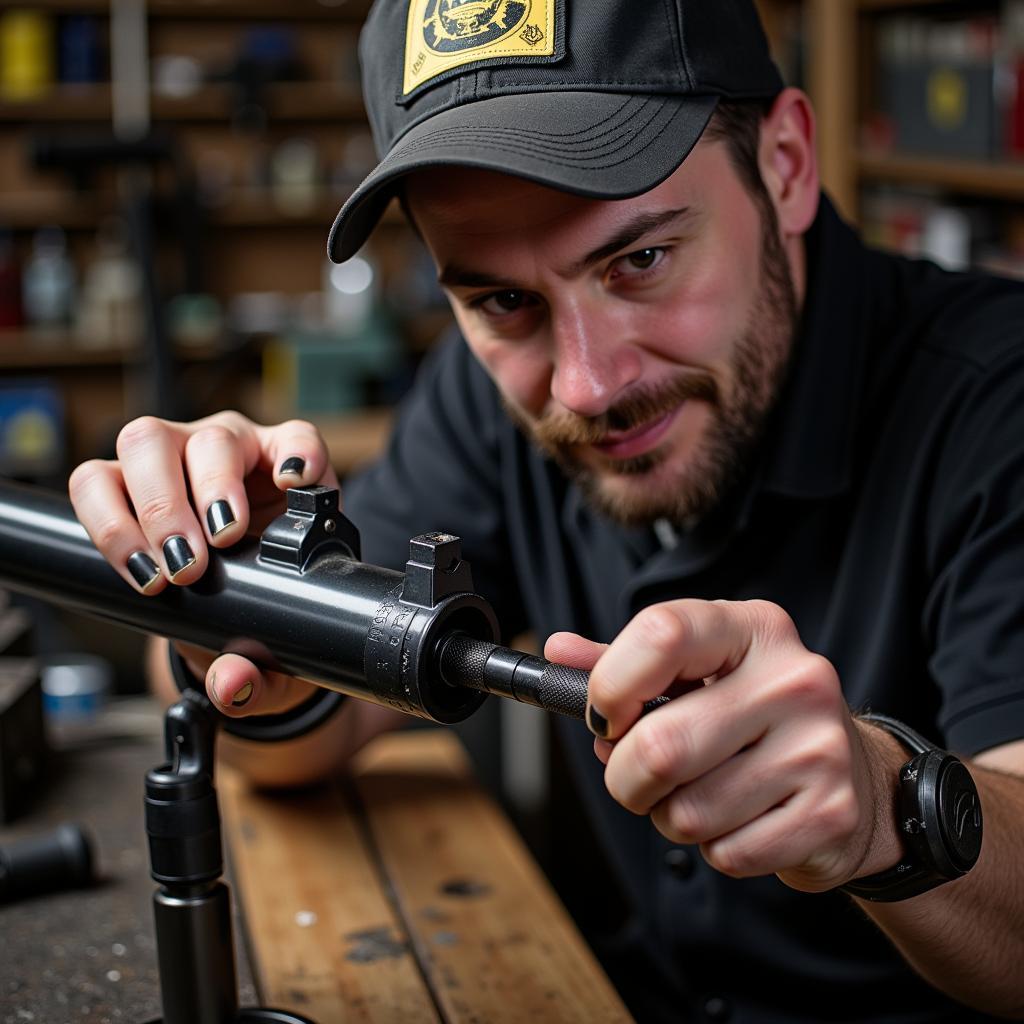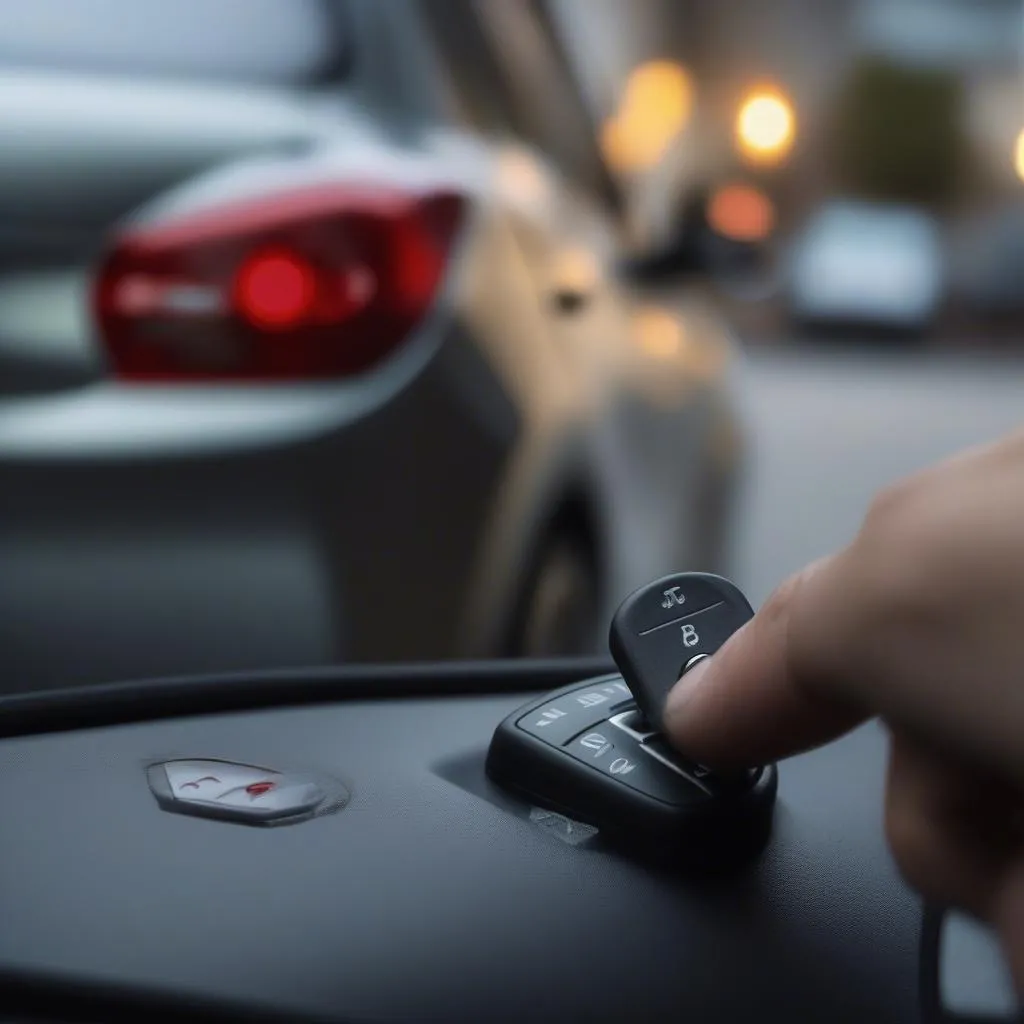The “without warning chad muzzle brake” phrase likely points to an unexpected issue with a muzzle brake, potentially on a firearm. While the exact problem remains unclear, it suggests a sudden malfunction or unexpected behavior. This article delves into common muzzle brake problems, potential causes for malfunction, and troubleshooting steps.
Understanding Muzzle Brakes and Their Importance
A muzzle brake is a device fixed to the barrel of a firearm, designed to redirect propellant gases to counteract recoil and muzzle rise. Essentially, it helps shooters maintain control and accuracy, especially when firing rapidly or using high-powered ammunition.
Common Muzzle Brake Problems
While generally reliable, muzzle brakes can experience issues. These problems often manifest as:
- Increased recoil: This could indicate a loose or improperly installed muzzle brake.
- Changes in accuracy: Shifts in point of impact might suggest an alignment problem or internal damage to the brake.
- Excessive noise or blast: A damaged baffle or internal component can cause erratic gas redirection, leading to increased noise and blast.
- Visible damage: Cracks, dents, or thread damage require immediate attention and often warrant professional repair or replacement.
 Damaged Muzzle Brake
Damaged Muzzle Brake
Potential Causes for “Without Warning” Malfunctions
Sudden muzzle brake malfunctions are concerning and can be caused by several factors:
- Loose or Improper Installation: A loose brake can cause inconsistent performance, while an improperly installed one can lead to serious safety hazards.
- Ammunition Issues: Using incorrect or defective ammunition can result in pressure spikes that damage the muzzle brake.
- Overuse and Wear: Frequent firing can lead to wear and tear on the brake, potentially causing components to fail.
- Mechanical Damage: Accidental impacts or improper handling can damage the muzzle brake, compromising its functionality.
 Muzzle Brake Installation
Muzzle Brake Installation
Troubleshooting Steps for Muzzle Brake Issues
Before attempting any troubleshooting, ensure the firearm is unloaded and safe to handle. Follow these steps:
- Inspect the Muzzle Brake: Visually examine the brake for any signs of damage, looseness, or debris. Pay close attention to threads, baffles, and other components.
- Verify Ammunition: Ensure you are using the correct ammunition for your firearm and that it’s in good condition. Check for any signs of damage or deformation on the cartridges.
- Check Installation: If comfortable doing so, verify that the muzzle brake is properly installed according to the manufacturer’s instructions. If unsure, seek professional assistance.
“A loose muzzle brake is a recipe for disaster,” warns John Smith, a veteran firearms instructor. “Always double-check your installation to ensure safety and optimal performance.”
- Test Fire (With Caution): If the visual inspection and checks yield no obvious issues, proceed with caution to test fire the firearm at a safe range. Observe the brake’s performance and look for any signs of malfunction.
When to Seek Professional Help
If the problem persists, or if you are uncomfortable with any of the troubleshooting steps, it is essential to seek professional help from a qualified gunsmith.
 Gunsmith Inspection
Gunsmith Inspection
“Attempting to fix a complex muzzle brake issue yourself can be dangerous,” advises Smith. “A qualified gunsmith has the knowledge and tools to diagnose and resolve the problem safely.”
Conclusion
Addressing “without warning chad muzzle brake” issues requires careful inspection, diagnosis, and appropriate action. By understanding the potential causes and following safe troubleshooting practices, you can help ensure your firearm operates safely and reliably. Remember, professional help is always recommended when dealing with firearms to ensure safety and proper function.


